The First World War, one of the most destructive clashes in history, paved the way for the subsequent century and an even more horrendous conflict that followed. Here are 25 fascinating facts you probably didn’t know about World War I.

The Trenches
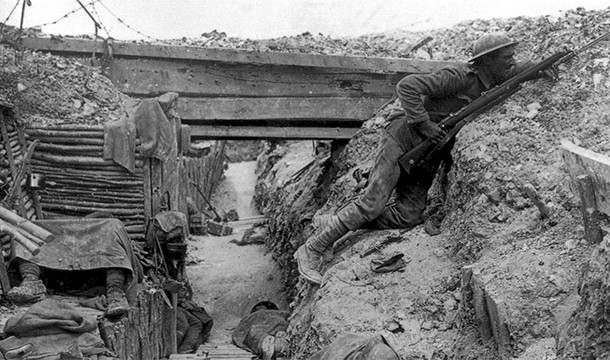
German trenches were in stark contrast to British trenches. German trenches were built to last and included bunk beds, furniture, cupboards, water tanks with faucets, electric lights, and doorbells
Dogfights
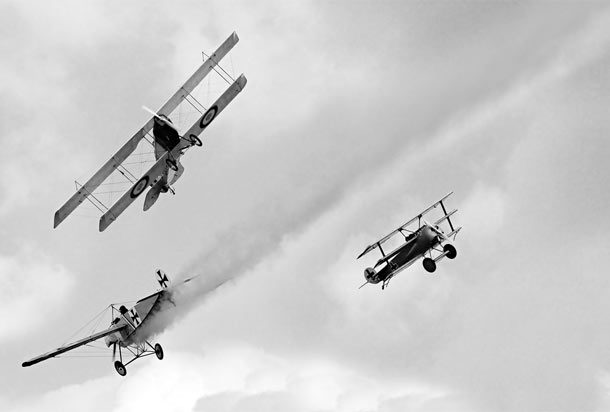
The term “dogfight” originated during WWI. The pilot had to turn off the plane’s engine from time to time so it would not stall when the plane turned quickly in the air. When a pilot restarted his engine midair, it sounded like dogs barking.
A High Cost

The total cost of WWI for all involved is an estimated $185 billion.
Victory Gardens
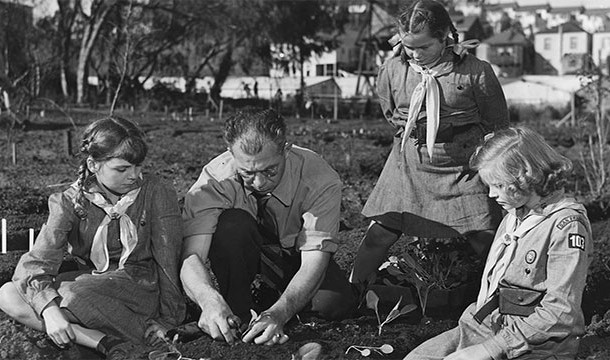
Herbert Hoover, who would become president in 1929, was appointed U.S. Food Administrator. His job was to provide food to the U.S. army and its allies. He encouraged people to plant “Victory Gardens,” or personal gardens. More than 20 million Americans planted their own gardens, and food consumption in the U.S decreased by 15%.
Germans in America
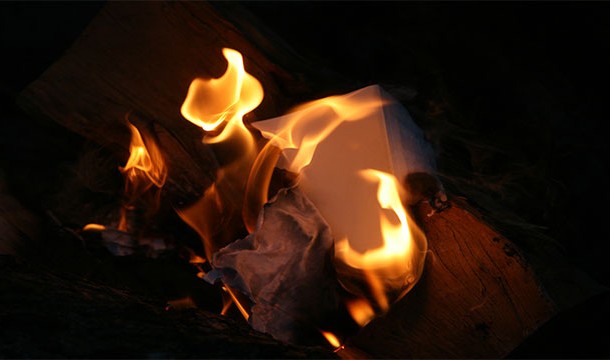
During WWI, people of German heritage were suspect in the U.S. Some protests against Germans were violent, including the burning of German books, the killing of German shepherd dogs, and even the murder of one German-American.
The Draft

To increase the size of the U.S. Army during WWI, Congress passed the Selective Service Act, which was also known as the conscription or draft, in May 1917. By the end of the war, 2.7 million men were drafted. Another 1.3 million volunteered.
Presidential Irony
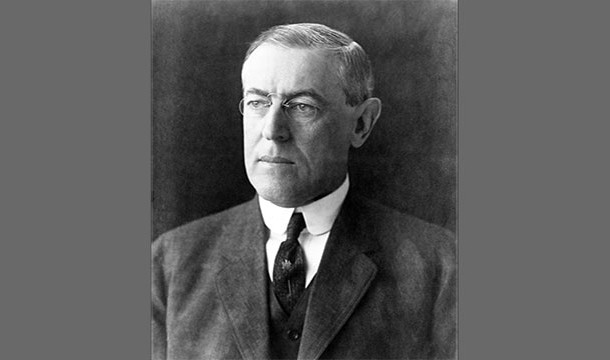
Woodrow Wilson’s campaign slogan for his second term was “He kept us out of war.“ About a month after he took office, the United States declared war on Germany on April 6th 1917.
A Mexican Sneak Attack
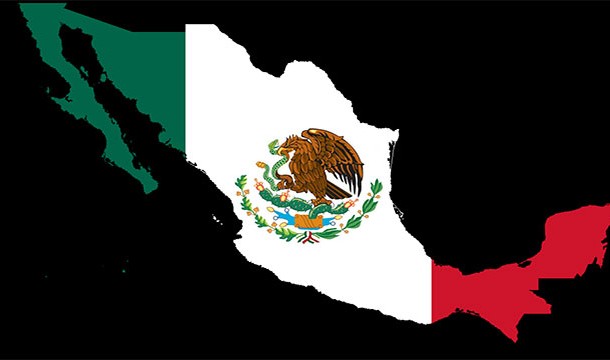
In early 1917, British cryptographers deciphered a telegram from German Foreign Secretary Arthur Zimmermann to Germany’s minister in Mexico. The telegraph encouraged Mexico to invade U.S. territory. The British kept it a secret from the U.S. for more than a month. They wanted to show it to the U.S. at the right time to help draw the U.S into the war on their side.
A Will To Fight
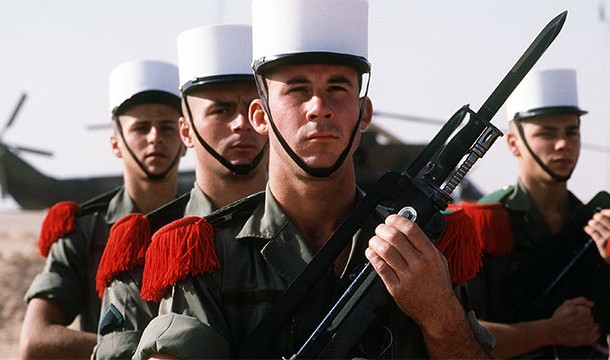
Some Americans disagreed with the United States’ initial refusal to enter WWI and so they joined the French Foreign Legion or the British or Canadian army. A group of U.S. pilots formed the Lafayette Escadrille, which was part of the French air force and became one of the top fighting units on the Western Front.
Spies & Horror
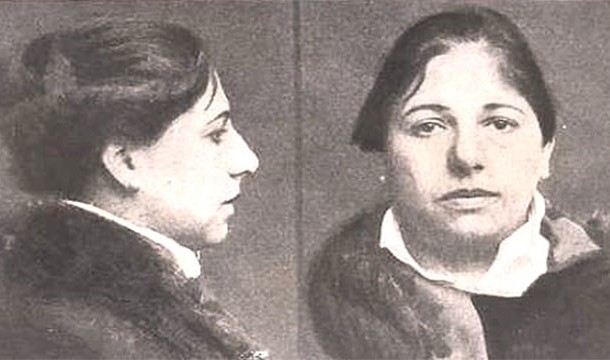
Margaretha Zelle (1876-1917), also known as Mata Hari, was a Dutch exotic dancer accused of being a double agent. Though she always denied being a spy, the French executed her in 1917.
French Second Lieutenant Alfred Joubaire wrote in his diary about WWI just before he died that “Humanity is mad! It must be mad to do what it is doing. What a massacre. What scenes of horror and carnage! I cannot find words to translate my impressions. Hell cannot be so terrible! Men are mad!”
Rittmeister von Richthofen
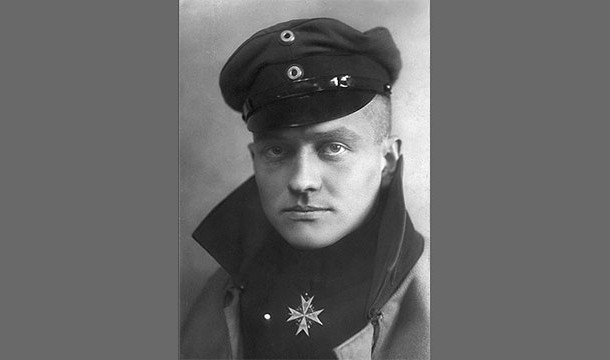
The most successful fighter of the entire war was Rittmeister von Richthofen (1892-1918). He shot down 80 planes, more than any other WWI pilot. He died after being shot down near Amiens. France’s René Fonck (1894-1953) was the Allies’ most successful fighter pilot, shooting down 75 enemy planes.
Tanks
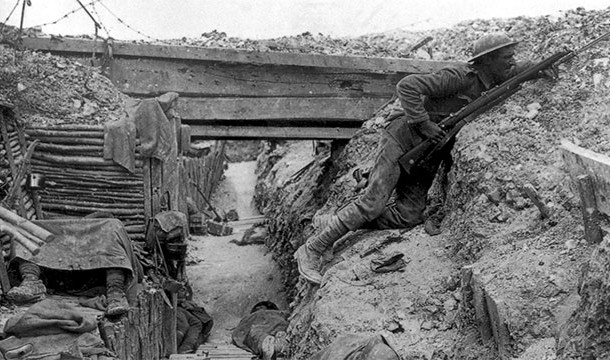
Landship Tanks were first used during the Battle of Flers-Courcelette (1916)
Tanks were initially called “landships.” However, in an attempt to disguise them as water storage tanks rather than as weapons, the British decided to code name them “tanks.”
Big Bertha
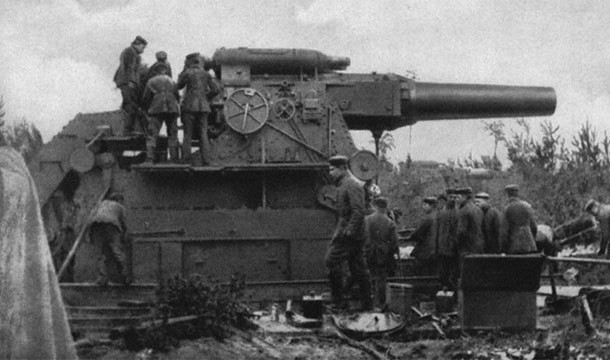
Big Bertha was a 48-ton howitzer used by the Germans in WWI. It was named after the wife of its designer Gustav Krupp. It could fire a 2,050-lb (930-kg) shell a distance of 9.3 miles (15 km). However, it took a crew of 200 men six hours or more to assemble. Germany had 13 of these huge guns or “wonder weapons.”
Dog Messengers
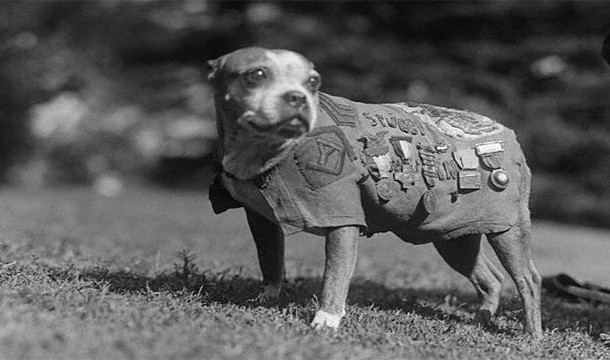
During WWI, dogs were used as messengers and carried orders to the front lines in capsules attached to their bodies. Dogs were also used to lay down telegraph wires.
Pool of Peace

The Pool of Peace is a 40-ft (12-m) deep lake near Messines, Belgium. It fills a crater made in 1917 when the British detonated a mine containing 45 tons of explosives.
Unbearable Noise
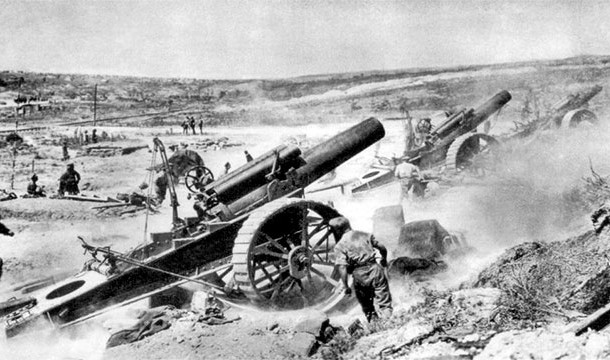
Artillery barrage could be heard for hundreds of miles.
Along with exploding mines it created immense noise. In 1917, explosives blowing up beneath the German lines on Messines Ridge at Ypres in Belgium could be heard in London 140 miles (220 km) away.
Little Willie
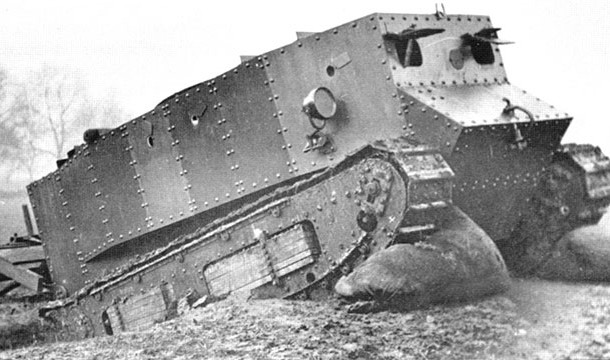
“Little Willie” was the first prototype tank in WWI. Built in 1915, it carried a crew of three and could travel as fast as 3 mph (4.8 km/h).
Guy Tank, Girl Tank
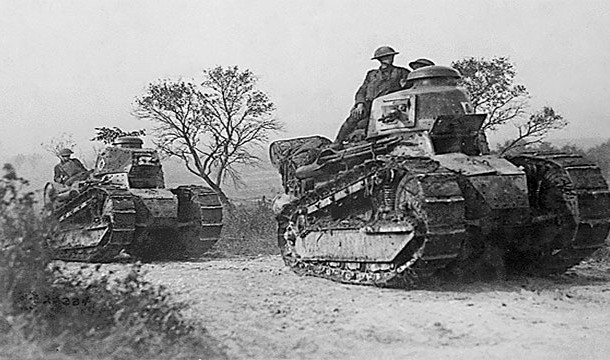
During WWI, British tanks were initially categorized into “males” and “females.” Male tanks had cannons, while females had heavy machine guns.
Frightfullness
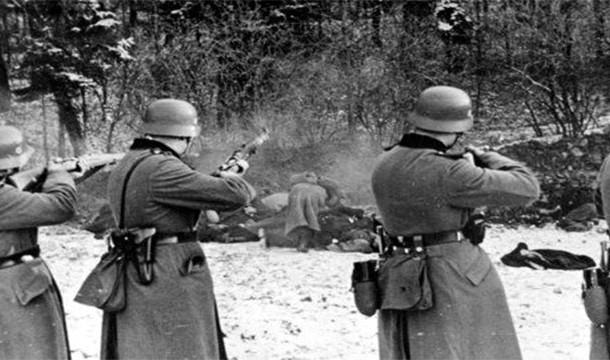
In August 1914, German troops shot and killed 150 civilians at Aerschot. The killing was part of war policy known as Schrecklichkeit (“frightfulness”). Its purpose was to terrify civilians in occupied areas so that they would not rebel.
Catastrophic Casualties
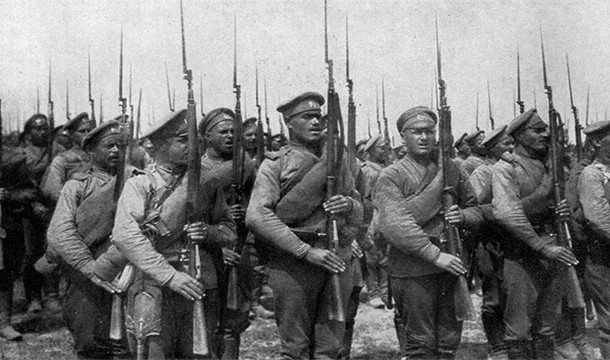
Russia mobilized 12 million troops during WWI, making it the largest army in the war. More than 3/4 were killed, wounded, or went missing in action.
The Spanish Flu
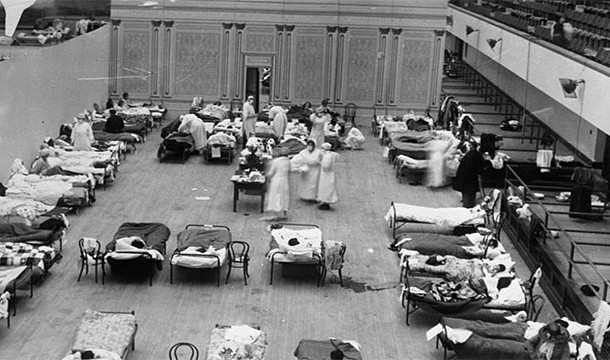
During WWI, the Spanish flu caused about 1/3 of total military deaths.
Less Disease, More Death
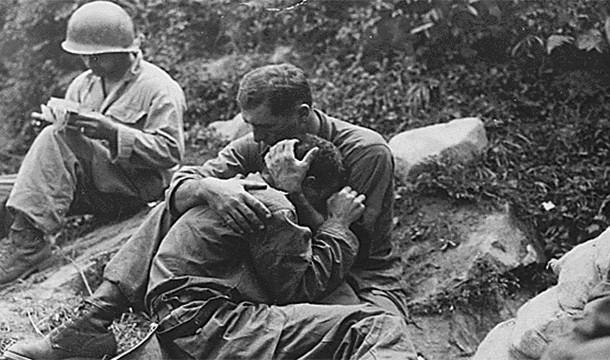
Nearly 2/3 of military deaths in WWI were in battle. In previous conflicts, most deaths were due to disease.
Total Deaths
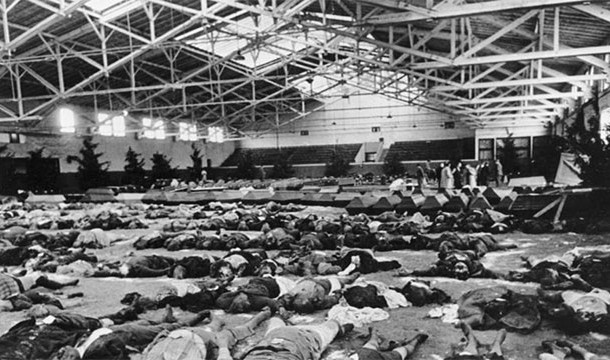
There were over 35 million civilian and soldier casualties in WWI. Over 15 million died and 20 million were wounded.
Flamethrowers
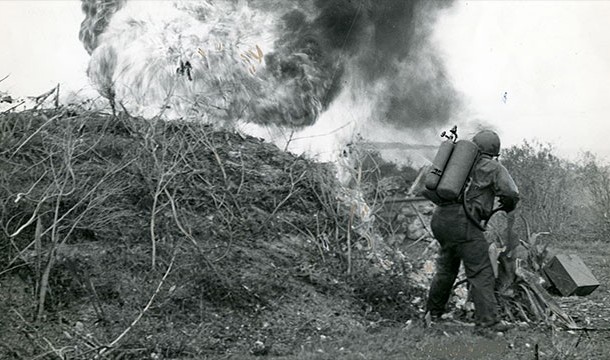
Germans were the first to use flamethrowers in WWI. Their flamethrowers could fire jets of flame as far as 130 feet (40 m).
An Very International Conflict
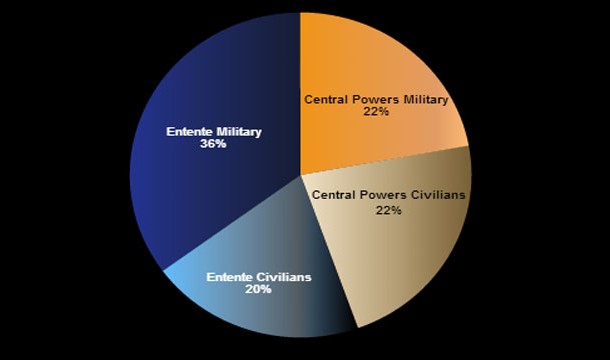
More than 65 million men from 30 countries fought in WWI. Nearly 10 million died. The Allies (The Entente Powers) lost about 6 million soldiers. The Central Powers lost about 4 million.
Lists Going Viral Right Now
This list is brought to you by one of our fans; Emil Zayden.



























